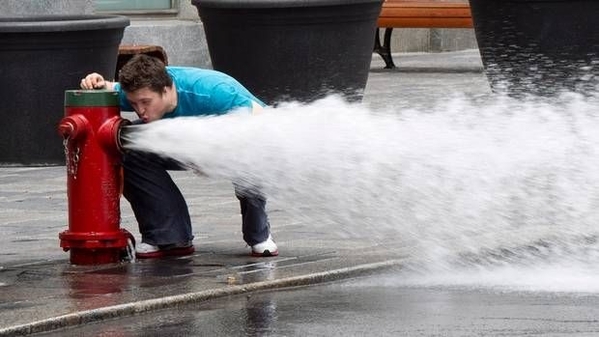As a hairy-chested pipefitter, I'll pipe up (you see what I did there?) on this.
Use a thread sealant, not PTFE tape. There's a lot of schools of thought, but all dope is mostly used as a lubricant-- the taper of the NPT threads actually seals the joint. I used a refrigeration specific "hard setting" joint compound, just to be sure (Leak-Lock) on my joints.
The ANs are just fancy flare fittings (with a different angle than the flares in your home)-- use a bit of oil on the shoulder to keep the nut from galling on the back of the flare. If you have any doubt, dunk the entire end in some oil.
Interesting aside-- what we all think of as "pipe threads" (NPT) is different than
"British Standard Pipe Threads". There is a BSPT similar to NPT, with a tapered thread-- but because the Brits do everything wrong, the taper is different (ours are 60*, theirs are 55*). Nobody uses these-- and with the quality of east Asian pipe fittings, I'm not sure anything is actually cut on the right angle anyhow.
There's also a BSPP (British Standard Parallel Pipe) which has no taper at all, and relies on a seal ring on the shoulder of the male fitting. These fittings are used all the time in hydraulic applications, and your Parker store will have adapters to pretty much anything from BSSP. You don't use a sealant on BSPP joints.
Also note that AN (Army/Navy) fittings are the same thing as JIC (Joint Industries Council) fittings, except that AN fittings are supposed to be made to more exact tolerances ( but again, I'm unsure that the aluminium fittings we all think of as "AN" are really any better than JIC fittings). These also are industrial fittings, and are available at the Parker store (or any other hydraulic hose shop).
There's a reason everybody hates plumbing.



